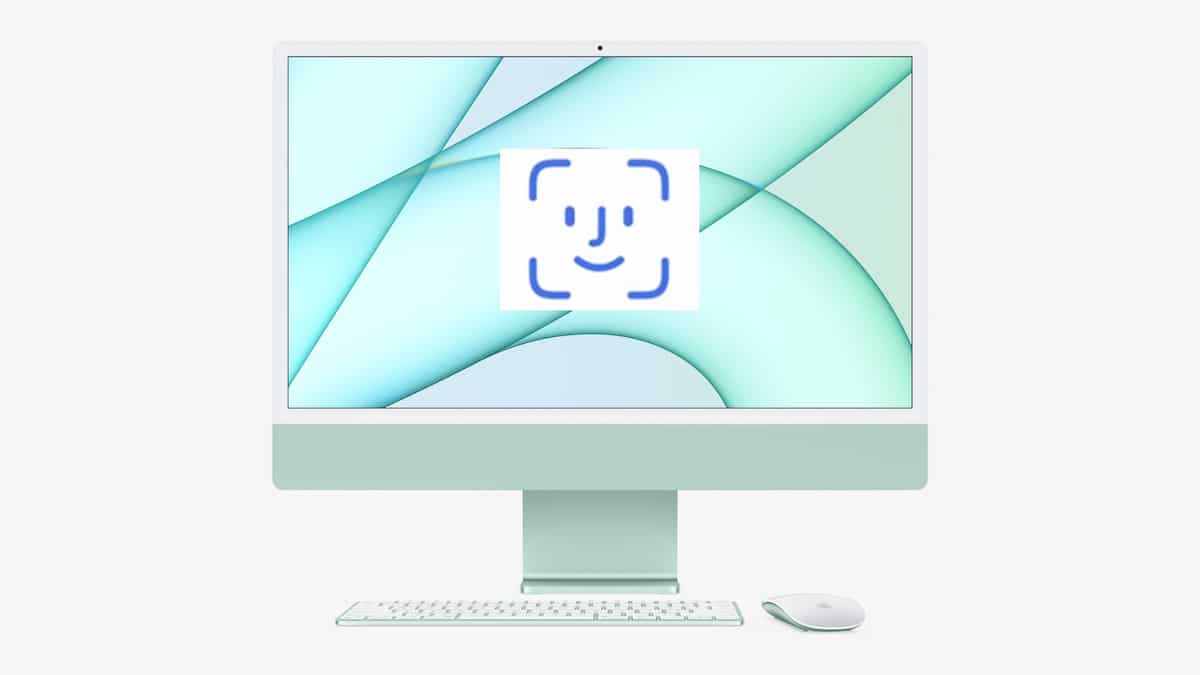In the tech world, the absence of Face ID on Mac has raised eyebrows, especially considering Apple’s introduction of the notch on MacBook Pro and MacBook Air models. While Face ID has proved to be a robust biometric security feature on iPhones and iPad Pros, its absence from Macs might soon be rectified.

Apple’s patent envisions light pattern Face ID on Macs
A recently discovered patent suggests that the tech giant may be inching closer to implementing Face ID on its Mac lineup. While this isn’t the first time such speculation has emerged, this patent addresses a significant hurdle Apple had faced before — the challenge of fitting Face ID technology into the ultra-thin displays of its portable Mac devices.
Titled “Light Recognition Module for Determining a User of a Computing Device,” the patent underscores the importance of safeguarding sensitive data on Macs. It acknowledges that robust user authentication mechanisms are necessary to prevent unauthorized access.
Currently, Face ID serves as a secure method for user authentication. However, a thinner alternative is required for slim portable Macs. The patent introduces the concept of a “light pattern recognition module” that could be integrated into various computing devices, such as laptops, notebooks, and desktop computers. This module would employ a light emitter to project a specific light pattern, with a sensor detecting the reflected pattern from an object (like a user).

The patent illustration reveals Apple’s plan to incorporate this technology into a notch, similar to those housing FaceTime cameras in existing devices. This suggests that not only could portable Macs see this upgrade, but future iMacs might also sport their own notches.
It’s important to exercise caution when interpreting Apple’s patents, as they don’t always translate directly into future product features. However, this case appears promising. While we cannot be certain, it’s clear that the Cupertino tech giant is actively working to integrate Face ID into its Mac ecosystem down the line. Time will tell, but one thing’s for sure: a more secure Mac experience could be on the horizon.
Read more: